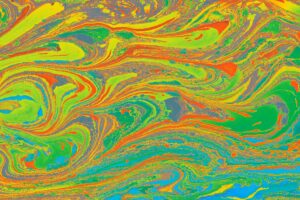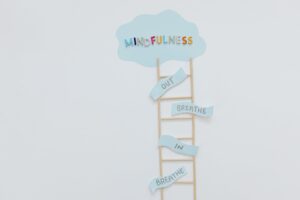The conversation linking psychedelics, or entheogens as they are academically called, to spiritual growth and practices has gained momentum over the years. Entheogens—quite literally “generating the divine within”—are psychoactive substances that are traditionally used in religious or spiritual contexts. These substances, which include Ayahuasca, DMT, and other sacred plants, have been applied in practices like shamanism dating back thousands of years.
The core of shamanism, an ancient form of spiritual healing, revolves around altered perceptions and transcendence of the mind as a pathway to healing. The practitioners, known as shamans, use entheogens, most notably Ayahuasca, to achieve these altered states of awareness. The brew, Ayahuasca, is made from the Banisteriopsis caapi vine and the Psychotria viridis leaf, which contains the powerful psychoactive compound DMT. Shamanism and the use of Ayahuasca intertwine in complex spiritual dances, often equated to a deep, introspective Buddhist meditation, leading to profound personal transcendency and spiritual growth.
Just as Buddhist meditation focuses on bettering human consciousness through introspection and mindfulness, so does the experience that comes with consuming Ayahuasca or DMT. The attainment of heightened awareness, leading to an enlightened state of being, is a shared goal. However, unlike the calm practice of meditation, the ingestion of these substances is often accompanied by intense visceral reactions.
While not all spiritual practitioners promote entheogen use due to these intense reactions and the potential dangers linked to misuse, shamanism considers the mystical experiences generated by these substances to be beneficial. They believe that these mystical experiences induce an altered perceptual state akin to dreams, aiding in the revelation of inner truths and spiritual revelations.
Just like all other spiritual pursuits, effective use of entheogens demands respect, discipline, and proper guidance. This is due to the potent psychological effects the substances can induce, such as deep-seated emotions, visual and auditory hallucinations, and the feeling of being connected to everything in the universe. These effects, when managed consciously and correctly, can lead to immense spiritual growth and transcendency.
Modern scientific studies have found correlations linking the profound, often transformative mystical experiences induced by these substances to those reported by practitioners of deep meditation, prayer, and other spiritual practices. At Johns Hopkins University, a study found that psychedelic use can generate lasting positive effects on well-being, life satisfaction, and spirituality. This perspective has led to a renaissance in research evaluating the potential of such substances in the treatment of mental health disorders, like depression and anxiety, and as adjuncts to spiritual practices.
Through mindfulness and active engagement, these substances can facilitate transcendence—an expansion of the self, a sense of unity, and the dissolution of boundaries between individuals and their environment. Transcendence could be likened to the ultimate goal of Buddhist meditation: a realization of the interconnectedness of all beings, a shedding of the self and ego, and the attainment of enlightenment.
However, it’s essential to clarify that although psychedelics and spiritual practices share common ground in the pursuit of transcendence and spiritual growth, psychedelics are not a shortcut to enlightenment. These substances can provide a glimpse of transcendental states and potentials for evolved consciousness. But the arduous journey to understanding and integrating these profound experiences into everyday life remains a lifelong endeavor.
Connecting with one’s spirituality, elevated consciousness, and deeper levels of awareness can be achieved through various traditional practices, such as meditation, prayer, and yoga. However, the careful and guided use of entheogens could serve as another pathway to these ultimate goals.
In conclusion, the relationships between psychedelics such as Ayahuasca and DMT, spiritual practices, and discussions about enlightenment and spiritual growth are complex and interwoven. While the use of entheogens in spiritual practice is not for everyone, and there are potential risks involved, the potential for spiritual enlightenment and growth through their controlled use is an exciting area of exploration.
Sources:
– Shamanism – The Third Wave
– Psychedelics and Spirituality – SAGE Journals



